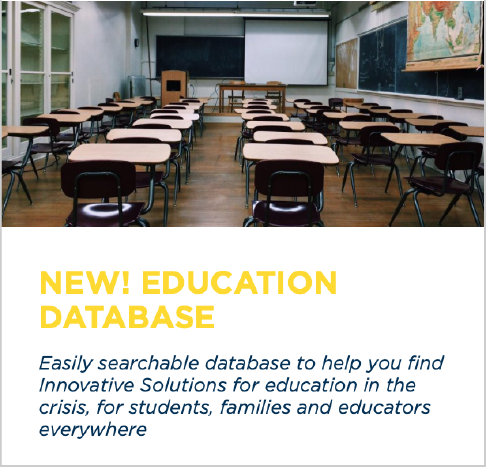On Wednesday, President Obama spoke to an audience of 110 superintendents from across the nation to address closing the technology gap. In “ConnectED to the Future,” Obama reiterated the five-year plan to have 99% of students connected to high-speed Internet. In the President’s remarks, he called upon the teachers and administrators to get on board with the focus on the future. Students are already more technology savvy than most adults, so it is time to reach them at a level that ensures that they are learning in circumstances in which they are comfortable and excel the most.
The President addressed many different ways to approach achieving the initiative of technology heavy education. For one, the FCC has doubled its investment in broadband for schools in an effort to connect more than 15,000 schools and 20 million students to high-speed Internet. The government is also releasing an infrastructure guide to help districts make the best decisions, according to resources, and a checklist to encourage turning tools into practice for students. This initiative is exciting because it transcends the idea of government-oriented education and instead requires cross programming across the board to get the job done. It requires more than just policymakers in Washington; technology companies are chipping in to ensure that classroom software is up to date, parents are signing up to learn to use the technology that their students will have access to, and superintendents are signing pledges to move their districts towards this time of change.
Another inspiring prospect of education reform that the President addressed was that of free advanced placements assessments. Obama noted that the districts that offered those classes for free saw improving results and better college-readiness. As someone who has benefited from this notion first-hand, I could not agree more. My high school was unique in











